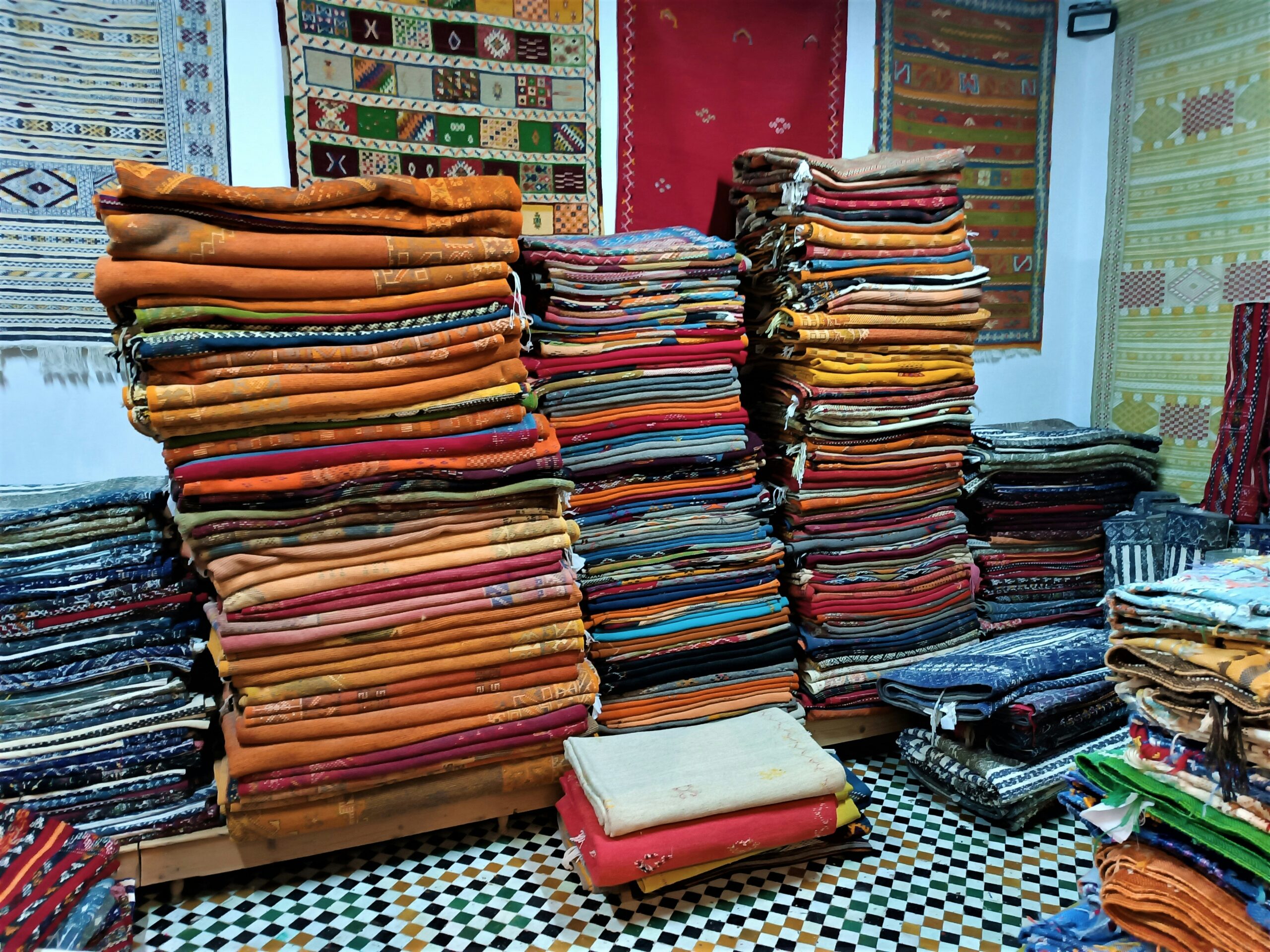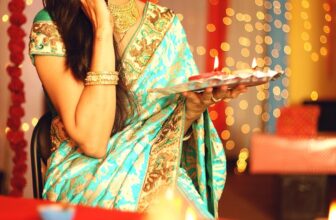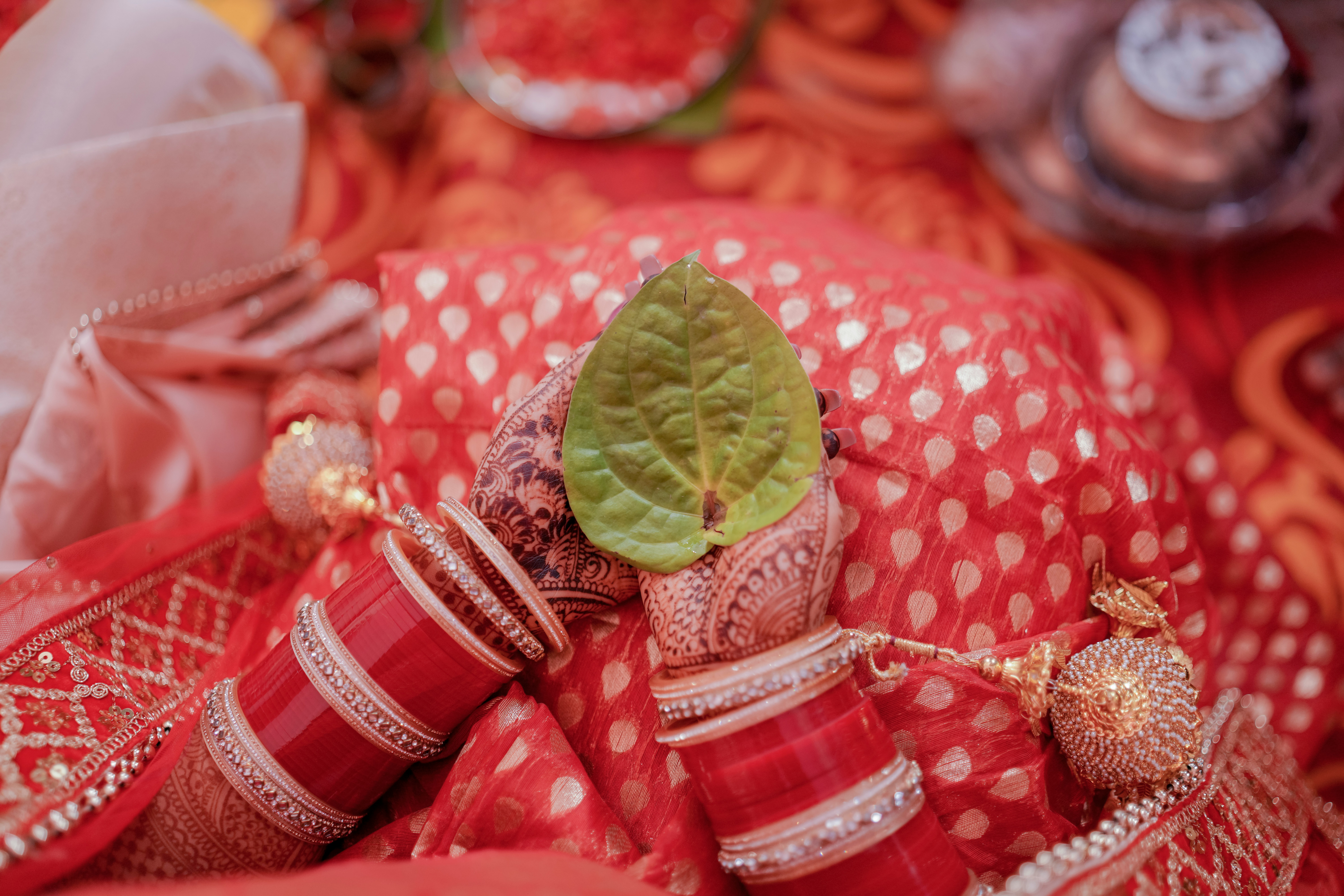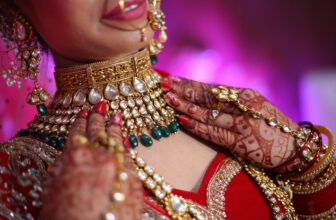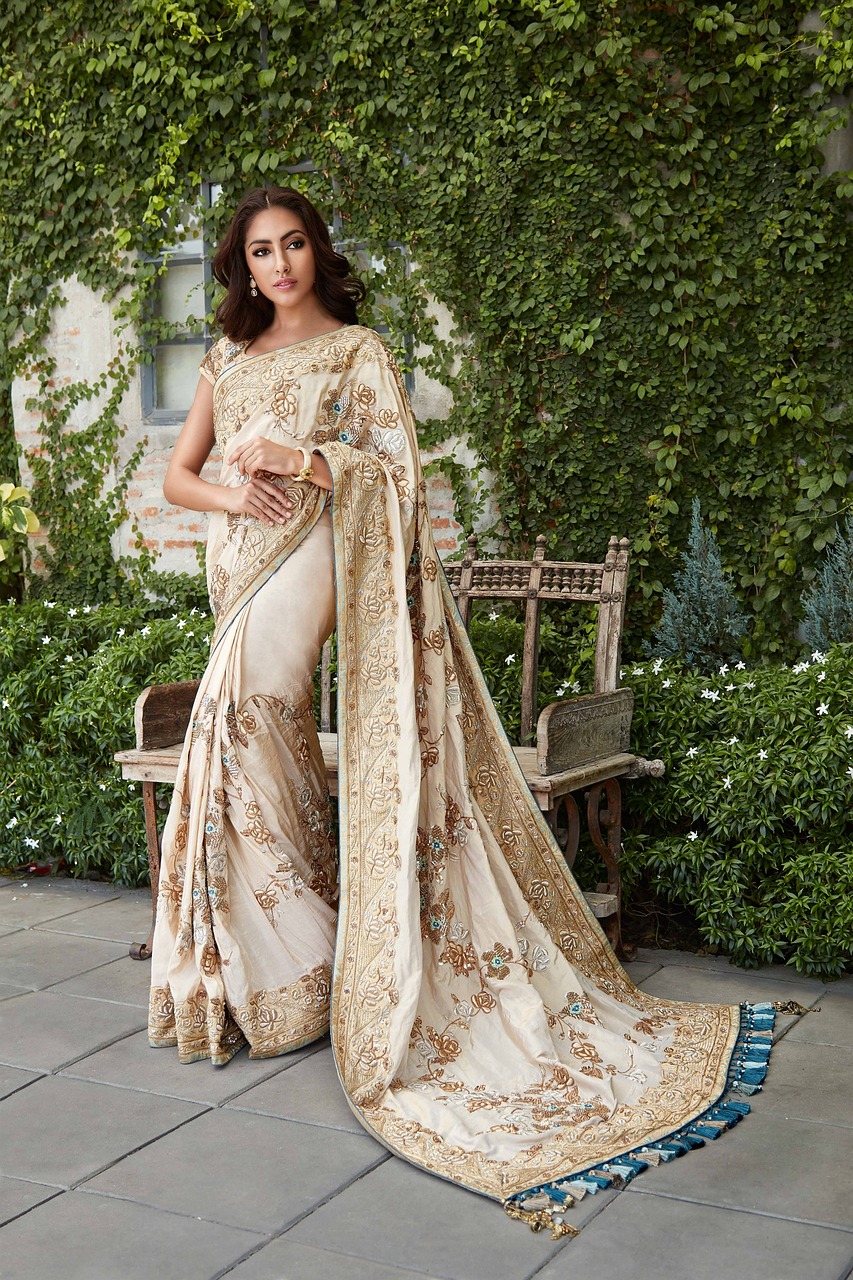
Silk sarees are an integral part of India’s cultural heritage, symbolizing elegance, tradition, and craftsmanship. Each region of India has its unique weaving techniques, motifs, and color schemes, making silk sarees a diverse representation of the country’s rich textile traditions. This blog explores how regional styles have influenced silk saree designs, bringing out their distinctive features and cultural significance.
1. Banarasi Silk Sarees (Uttar Pradesh)
Banarasi silk sarees are known for their luxurious look and intricate zari work. Originating from Varanasi, these sarees are crafted using fine silk and often feature Mughal-inspired designs, including floral motifs, paisleys, and intricate brocade patterns. The hallmark of Banarasi sarees is the gold and silver zari work, which gives them a regal appearance. They are typically worn during weddings and special occasions, symbolizing prosperity and elegance.
Key Features:
Heavy gold and silver zari work
Mughal-inspired motifs
Fine silk fabric with a luxurious finish
Often used in bridal wear
2. Kanjeevaram Silk Sarees (Tamil Nadu)
Kanjeevaram silk sarees, also known as Kanchipuram sarees, originate from Tamil Nadu and are among the most celebrated silk sarees in India. These sarees are woven using high-quality mulberry silk and are known for their thick borders, temple motifs, and contrasting color combinations. The zari work in Kanjeevaram sarees is made from pure gold or silver, making them highly valuable.
Key Features:
Thick golden borders with temple, floral, and checkered patterns
Durable and heavy silk fabric
Bright, contrasting color combinations
Traditional motifs like peacocks, chariots, and temples
3. Mysore Silk Sarees (Karnataka)
Mysore silk sarees are synonymous with elegance and simplicity. Originating from Karnataka, these sarees are made from pure silk and have a smooth, lightweight texture. They are often adorned with minimalistic zari borders and traditional motifs like mangoes, floral designs, and geometric patterns.
Key Features:
Lightweight and soft texture
Minimalist designs with elegant zari work
Rich, vibrant colors
Suitable for both casual and festive occasions
4. Paithani Silk Sarees (Maharashtra)
Paithani silk sarees hail from Maharashtra and are distinguished by their intricate weaving patterns and rich motifs. These sarees are handcrafted with gold and silver threads and often depict nature-inspired motifs such as peacocks, parrots, and lotuses. The borders and pallu (the loose end of the saree) feature stunning geometric and floral designs.
Key Features:
Intricate peacock and floral motifs
Rich gold and silver zari work
Vibrant color palettes
Handwoven with traditional methods
5. Chanderi Silk Sarees (Madhya Pradesh)
Chanderi silk sarees from Madhya Pradesh are known for their lightweight and sheer texture. These sarees are woven using a blend of silk and cotton, making them perfect for warm weather. The designs often include delicate floral patterns, peacocks, and geometric motifs, giving them a sophisticated and airy look.
Key Features:
Lightweight and sheer texture
Subtle and elegant motifs
Gold and silver brocade work
Perfect for summer wear and festive occasions
6. Baluchari Silk Sarees (West Bengal)
Baluchari silk sarees from West Bengal are famous for their storytelling motifs, often depicting mythological scenes from the Ramayana and Mahabharata. These sarees have intricate woven designs along the pallu, making them unique in their artistic expression.
Key Features:
Depiction of mythological stories in the designs
Rich and artistic weaving patterns
Heavy silk fabric with elegant drape
Popular among Bengali brides and festive occasions
7. Patola Silk Sarees (Gujarat)
Patola silk sarees from Gujarat are made using the complex double ikat weaving technique. These sarees feature geometric patterns and vibrant colors, making them visually striking. Each Patola saree is handcrafted with extreme precision, taking months to complete.
Key Features:
Double ikat weaving technique
Geometric and symmetrical patterns
Vibrant, natural colors
Highly durable and expensive
8. Assam Silk Sarees (Assam)
Assam silk sarees, including Muga silk and Eri silk, are famous for their natural golden hue and durability. Muga silk sarees, in particular, are woven from silk produced by the Antheraea assamensis silkworm, unique to Assam. These sarees have minimalistic designs but exude a rich, royal appearance.
Key Features:
Naturally golden Muga silk fabric
Strong and durable texture
Traditional Assamese motifs like flowers, birds, and tribal patterns
Handwoven with eco-friendly methods
9. Pochampally Silk Sarees (Telangana)
Pochampally silk sarees are known for their distinctive ikat patterns, created using a tie-dye technique before weaving. These sarees are characterized by geometric patterns and vibrant colors, making them a popular choice for festive wear.
Key Features:
Ikat weaving technique with precise patterns
Geometric and abstract designs
Vibrant color combinations
Traditional yet contemporary appeal
10. Dharmavaram Silk Sarees (Andhra Pradesh)
Dharmavaram silk sarees are similar to Kanjeevaram sarees but have softer tones and broader borders. They are mainly used for bridal wear and temple functions due to their rich pallu designs and durable fabric.
Key Features:
Broad contrast borders
Soft silk texture with a rich feel
Intricate temple and floral motifs
Often worn during weddings and religious ceremonies
Conclusion
Silk sarees are more than just garments; they are a reflection of India’s cultural heritage, artistry, and regional diversity. Each region’s silk saree has a unique identity, influenced by local traditions, weaving techniques, and historical influences. From the grandeur of Banarasi sarees to the intricate ikat patterns of Patola, every silk saree tells a story of its origin.
Whether you are looking for a regal wedding saree, an elegant festive drape, or a lightweight silk for casual occasions, regional silk sarees offer a vast array of choices. Their timeless appeal and exquisite craftsmanship make them cherished heirlooms, passed down through generations.



